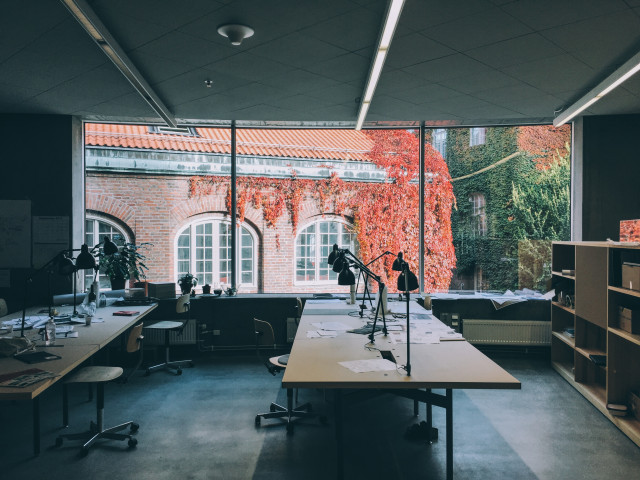· Applications in medical image visualization
· The visualization pipeline
· Surface reconstruction and rendering
· Volume rendering
· Volume interaction
· Stereoscopic techniques
The course consists of lectures, laboratories and mathematical exercises. The participants will combine VTK (the Visualization Toolkit) in Python with other libraries. The course also includes introductory labs for students with programming experience but without experience in Python.
Medical image visualization is a specific area of scientific visualization that is focused on medical applications. Visualization in a medical context is used for different purposes, including diagnosis with radiological data, treatment planning, intraoperative support, data annotation and educational purposes among others.
This course covers the concepts, theories and most used methods used for exploring and interacting with images in medical applications. After completion, the participant will be able to:
· Understand the different parts of a visualization pipeline
· Understand the theory of the most used methods for surface and volume rendering
· Summarize the most used techniques in volume interaction and stereo rendering
· Design visualization solutions for medical applications
· Select and adapt the most appropriate methods for image visualization in medical applications
· Create visualization prototypes using medical images that can be used in medical applications
in order to:
· understand the complete visualization pipeline in a medical context
· be able to implement visualization solutions in medical applications
· have a broad knowledge base that can ease understanding literature in the field
